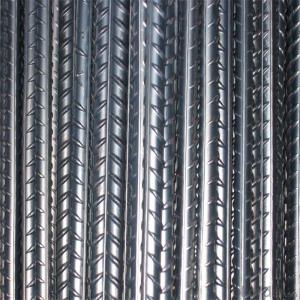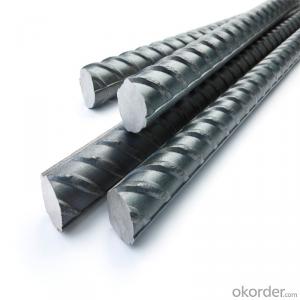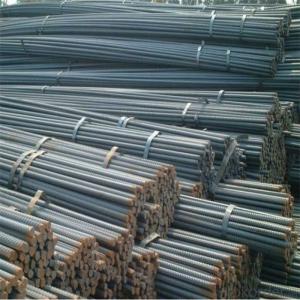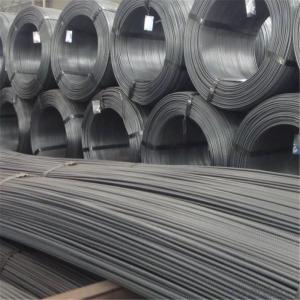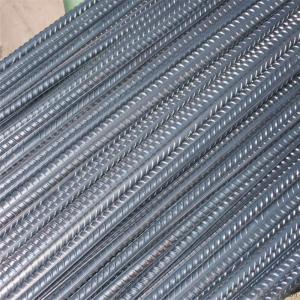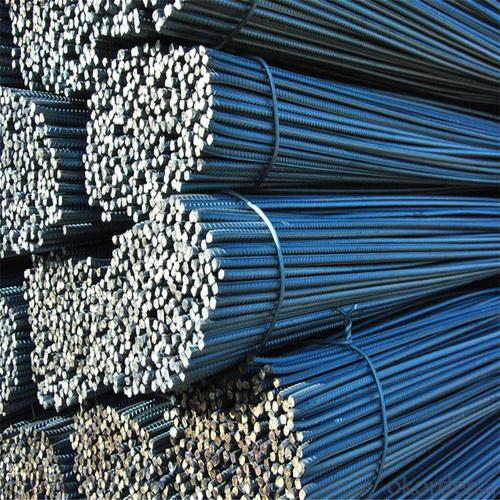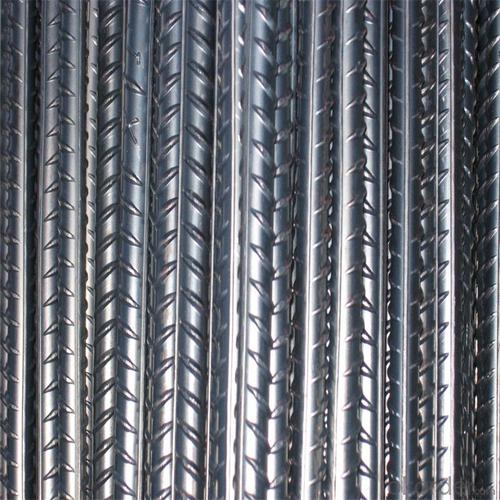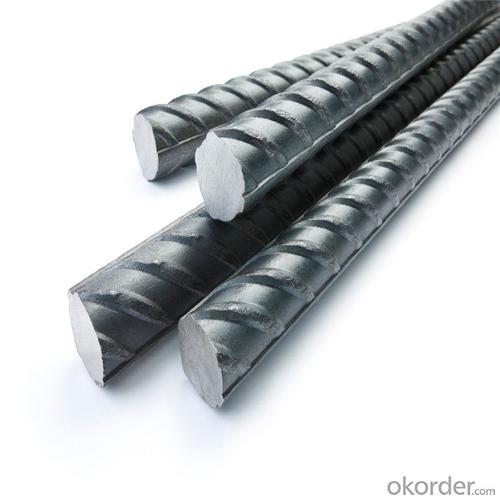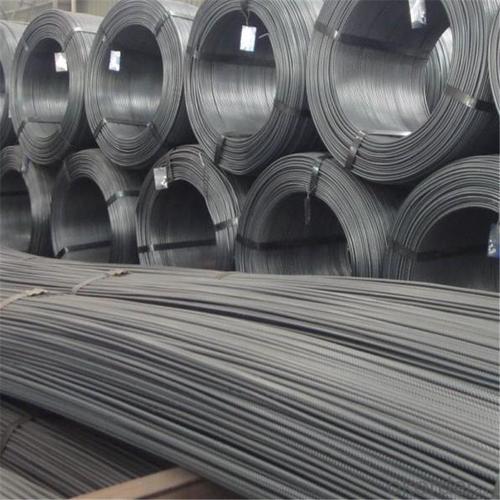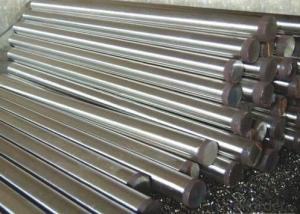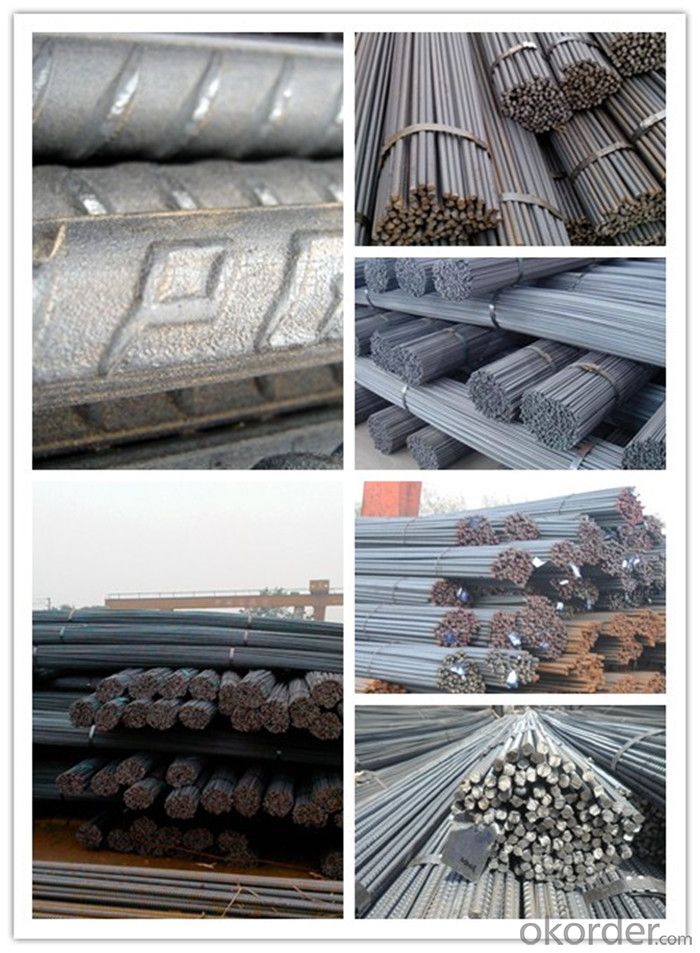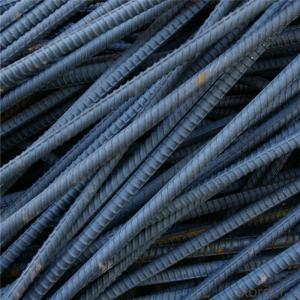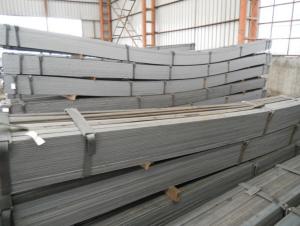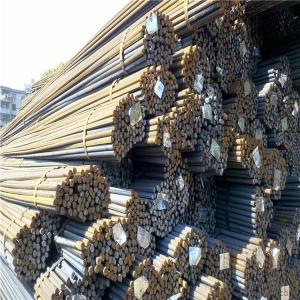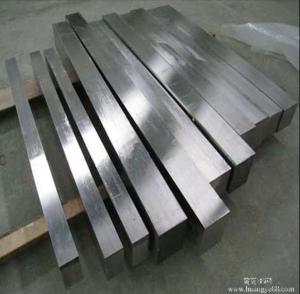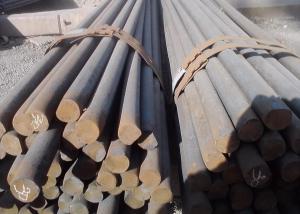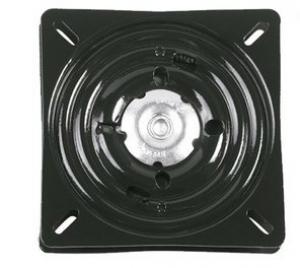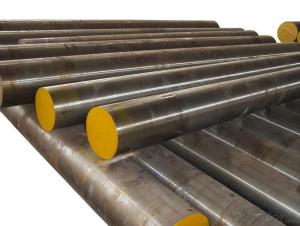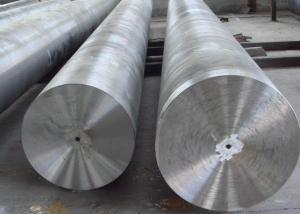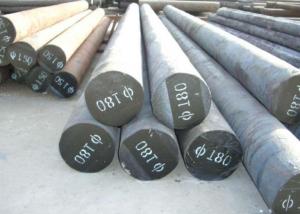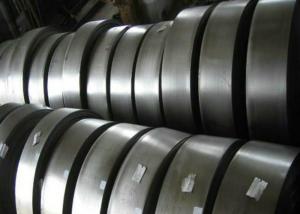Mild Deformed Steel Bar in All Sizes
- Loading Port:
- Tianjin
- Payment Terms:
- TT OR LC
- Min Order Qty:
- 180 m.t.
- Supply Capability:
- 500000 m.t./month
OKorder Service Pledge
OKorder Financial Service
You Might Also Like
Specification
Mild Deformed Steel Bar
Description of Mild Deformed Steel Bar
1, Diameter: 5.5mm-10mm Mild Deformed Steel Bar
10m- 40mm Mild Deformed Steel Bar
2, Length: 6m, 9m, 12m or customized
3, Standard: GB, ASTM, AISI, SAE, DIN, JIS, EN
OEM technology - send detailed technical parameters for accurate quotation.
2, Produce Process: smelt iron - EAF smelt billet - ESR smelt billet -
hot rolled or forged to get the steel round bar and plate
3, Heat Treatment: annealing, normalizing, tempering, quenching
4, Surface Treatment: Black
5, Quality Assurance: We accept third party inspection for all orders.
You can ask testing organizations such as SGS, BV, etc. to test our products before shipping.
Chemical Composition of Mild Deformed Steel Bar
Grade | Technical data of the original chemical composition(%) | |||||
Reinforcing steel bar HRB335 | C | Mn | Si | S | P | B |
≤0.25 | ≤1.60 | ≤0.80 | ≤0.045 | ≤0.045 | >0.0008 | |
Physics Capability | ||||||
Yield Strength(N/cm2) | Tensile Strength(N/cm2) | Elongation(%) | ||||
≥ 335 | ≥490 | ≥16 | ||||
Reinforcing steel bar HRB400 | C | Mn | Si | S | P | B |
≤0.25 | ≤0.16 | ≤0.80 | ≤0.045 | ≤0.045 | 0.04-0.12 | |
Physics Capability | ||||||
Yield Strength(N/cm2) | Tensile Strength(N/cm2) | Elongation(%) | ||||
≥ 400 | ≥ 570 | ≥ 14 | ||||
Products Show of Mild Deformed Steel Bar
Company Information
CNBM International Corporation is the most important trading platform of CNBM group.
Whith its advantages, CNBM International are mainly concentrate on Cement, Glass, Iron and Steel, Ceramics industries and devotes herself for supplying high qulity series of refractories as well as technical consultancies and logistics solutions.

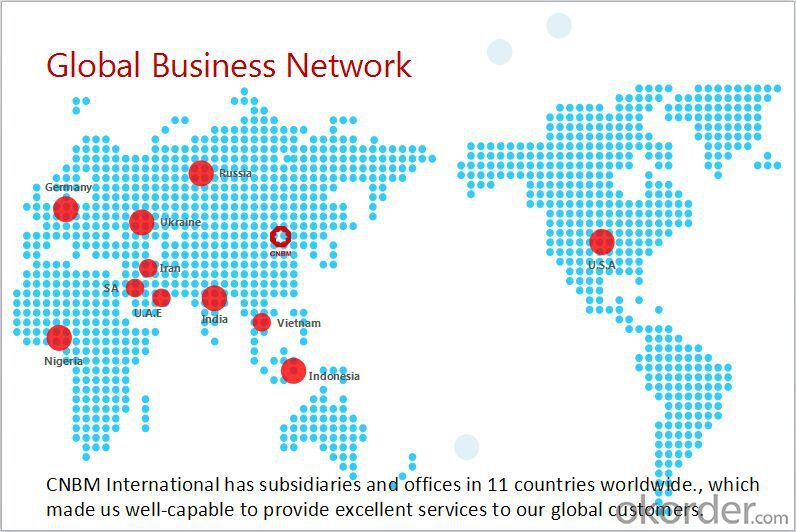
F A Q
1, Your advantages?
professional products inquiry, products knowledge train (for agents), smooth goods delivery, excellent customer solution proposale
2, Test & Certificate?
SGS test is available, customer inspection before shipping is welcome, third party inspection is no problem
3, Factory or Trading Company?
CNBM is a trading company but we have so many protocol factories and CNBM works as a trading department of these factories. Also CNBM is the holding company of many factories.
4, Payment Terms?
30% TT as deposit and 70% before delivery.
Irrevocable L/C at sight.
5, Trading Terms?
EXW, FOB, CIF, FFR, CNF
6, After-sale Service?
CNBM provides the services and support you need for every step of our cooperation. We're the business partner you can trust.
For any problem, please kindly contact us at any your convenient time.
We'll reply you in our first priority within 24 hours.
- Q: What are the different methods of surface texturing for special steel?
- Surface texturing for special steel can be achieved through various methods, each with its own unique benefits and applications. Among the most commonly used techniques are: 1. Shot blasting: By propelling small metal or ceramic particles at high speeds onto the steel surface, this process effectively eliminates impurities and contaminants. It results in a textured finish that enhances adhesion for coatings and paints. 2. Acid etching: In this method, the steel is submerged in an acidic solution that selectively removes a thin layer of the surface, creating intricate patterns or designs. Acid etching enables the achievement of detailed textures on the steel surface. 3. Mechanical grinding: This technique involves physically grinding and removing material from the steel surface using abrasive tools. The texture achieved can range from smooth to rough, depending on the grit size of the grinding tool. 4. Laser texturing: An advanced approach, laser texturing employs laser technology to produce precise and intricate patterns on the steel surface. This method offers exceptional precision, repeatability, and enables the creation of complex designs that may be challenging to achieve with other methods. 5. Electrochemical etching: By utilizing an electric current, this process selectively dissolves the steel surface, resulting in a textured pattern. Electrochemical etching allows for consistent and controlled textures on the steel surface. Each surface texturing method has its own advantages and limitations. The choice of technique depends on factors such as the desired texture, the specific properties of the special steel, and the intended application.
- Q: What are the main characteristics of heat-resistant steel forgings?
- High-temperature applications can benefit from the use of heat-resistant steel forgings due to their distinct characteristics. Firstly, these forgings possess exceptional resistance to oxidation and corrosion, enabling them to maintain their mechanical properties even under elevated temperatures. This resistance is achieved by incorporating alloying elements such as chromium, nickel, and molybdenum, which form a protective oxide layer on the steel's surface. Secondly, heat-resistant steel forgings demonstrate remarkable strength and toughness when exposed to high temperatures. This is crucial for applications that subject the material to mechanical stress and thermal cycling, such as gas turbines, power plants, and aerospace engines. The combination of high strength and toughness ensures that the forgings can endure harsh operating conditions without deformation or failure. Another significant characteristic of heat-resistant steel forgings is their ability to retain hardness and dimensional stability even after prolonged exposure to high temperatures. This is accomplished through meticulous alloying and heat treatment processes, optimizing the steel's microstructure. As a result, the material possesses a fine grain structure and high uniformity, enhancing its resistance to thermal fatigue and creep. Moreover, heat-resistant steel forgings exhibit good thermal conductivity, facilitating efficient heat transfer and dissipation. This is particularly important in applications where heat generation needs effective management to prevent overheating and damage to surrounding components. Lastly, heat-resistant steel forgings can be easily machined and fabricated into intricate shapes, making them versatile and suitable for various applications. They can be forged, machined, and welded without significant loss of mechanical properties, making them ideal for manufacturing components with complex designs and high precision requirements. In conclusion, the main characteristics of heat-resistant steel forgings include excellent resistance to oxidation and corrosion, high strength and toughness at high temperatures, dimensional stability and hardness retention, good thermal conductivity, and ease of machining and fabrication. These characteristics make heat-resistant steel forgings indispensable in industries that require reliable and durable materials in extreme heat conditions.
- Q: How is high-temperature tool steel used in the production of hot work tools?
- High-temperature tool steel is used in the production of hot work tools due to its excellent heat resistance and ability to maintain hardness at elevated temperatures. This type of steel can withstand extreme temperatures without losing its strength, making it ideal for applications such as forging, die-casting, and extrusion. By using high-temperature tool steel, hot work tools can efficiently and reliably perform under intense heat conditions, ensuring optimal productivity and durability in various industrial processes.
- Q: What are the environmental impacts of manufacturing special steel?
- Manufacturing special steel has significant environmental impacts due to its energy-intensive production process and the extraction of raw materials. The production of special steel requires high temperatures and uses large amounts of fossil fuel-based energy, resulting in substantial greenhouse gas emissions contributing to climate change. Additionally, the extraction of iron ore and other raw materials for steel production can lead to deforestation, habitat destruction, and water pollution. The disposal of steel waste and byproducts also poses challenges, as it can contaminate soil and water sources. Therefore, the environmental impacts of manufacturing special steel must be carefully managed and mitigated through sustainable practices and technologies.
- Q: What are the advantages of using special steel in aerospace applications?
- There are several advantages of using special steel in aerospace applications. Firstly, special steel offers exceptional strength and durability, making it suitable for withstanding the extreme conditions and stresses experienced during flight. This ensures the structural integrity and safety of the aircraft. Secondly, special steel has excellent corrosion resistance properties, which is crucial for protecting the aircraft components from the harsh environment and moisture encountered in the aerospace industry. Additionally, special steel can be tailored to meet specific requirements such as high-temperature resistance or low weight, allowing for efficient design and optimization of aerospace components. Lastly, special steel is readily available and cost-effective, making it a practical choice for aerospace manufacturers. Overall, the use of special steel in aerospace applications enhances the performance, reliability, and longevity of aircraft components.
- Q: What are the properties of corrosion-resistant alloy steel?
- Corrosion-resistant alloy steel possesses properties such as high resistance to rust, corrosion, and oxidation, making it suitable for applications in environments exposed to moisture, chemicals, or extreme temperatures. It typically contains elements like chromium, nickel, and molybdenum, which enhance its resistance to corrosion. Additionally, this type of steel is known for its durability, strength, and ability to maintain its integrity in challenging conditions.
- Q: How is special steel used in the production of cutting tools?
- Special steel is used in the production of cutting tools due to its exceptional strength, hardness, and durability. Its high carbon content and alloying elements enable it to withstand intense pressure, resist wear and abrasion, and maintain sharp edges for longer periods. This makes special steel ideal for manufacturing cutting tools such as saw blades, knives, drills, and chisels, ensuring precise and efficient cutting operations across various industries.
- Q: How does special steel contribute to the circular economy?
- Special steel contributes to the circular economy by enabling the recycling and reuse of materials. Its high durability and strength make it ideal for applications that require longevity and performance, allowing products made from special steel to have a longer lifespan. Additionally, special steel can be easily recycled and repurposed without losing its properties, reducing the need for virgin steel production and minimizing waste. By promoting a closed-loop system, special steel plays a crucial role in conserving resources, reducing environmental impact, and creating a more sustainable economy.
- Q: How is special steel graded?
- Special steel is graded based on various factors such as chemical composition, mechanical properties, and the intended application. It typically involves assessing the steel's alloying elements, heat treatment processes, and quality control measures to determine its grade and suitability for specific industrial purposes.
- Q: How are magnesium alloys used in lightweight structures?
- Magnesium alloys are used in lightweight structures due to their exceptional strength-to-weight ratio. They are commonly employed in the aerospace industry for constructing aircraft components, such as fuselage frames, wings, and engine parts. Additionally, magnesium alloys find applications in automotive manufacturing, where they contribute to reducing the weight of vehicles, thus enhancing fuel efficiency. These alloys are also utilized in the production of portable devices, sporting equipment, and other products that require a combination of strength and lightness.
Send your message to us
Mild Deformed Steel Bar in All Sizes
- Loading Port:
- Tianjin
- Payment Terms:
- TT OR LC
- Min Order Qty:
- 180 m.t.
- Supply Capability:
- 500000 m.t./month
OKorder Service Pledge
OKorder Financial Service
Similar products
Hot products
Hot Searches
Related keywords

